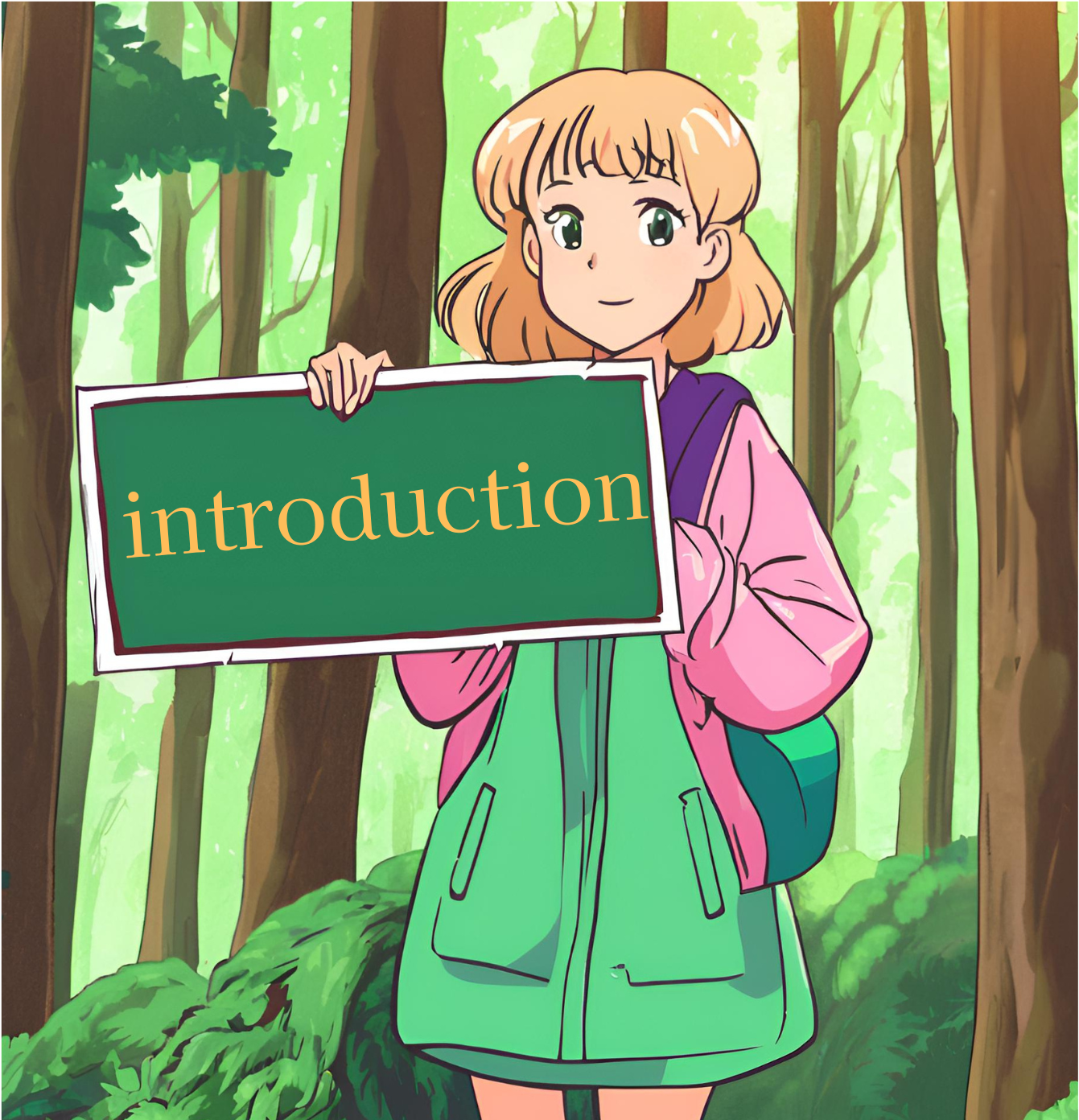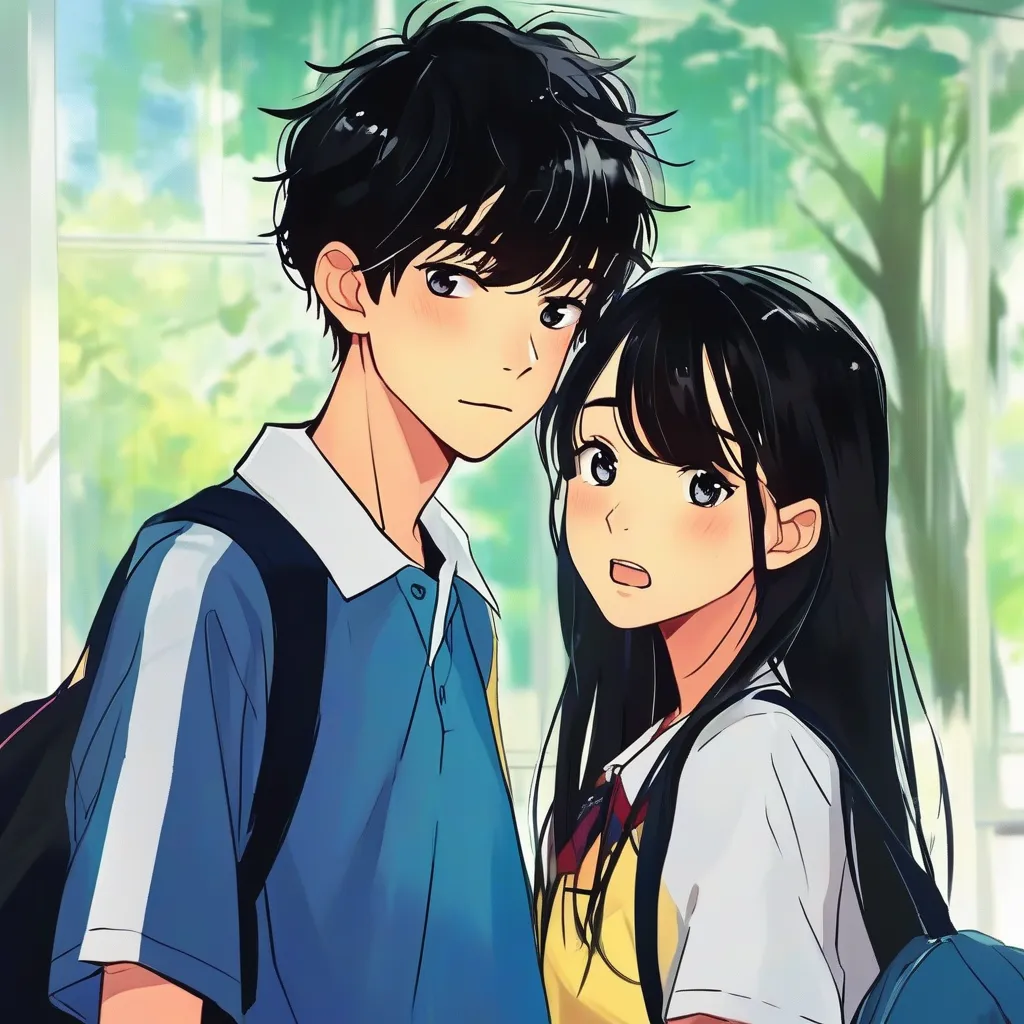Article Body Outline:
- Introduction to "March Comes in Like a Lion"
Provide an overview of the anime, including its release date, production studio (Shaft), and the central premise. Highlight how the series blends drama and slice-of-life elements to tell the story of Rei Kiriyama, a teenage shogi player struggling with personal demons. - Character Development and Relationships
Discuss the growth of Rei Kiriyama as he interacts with the Kawamoto sisters and other characters. Explore how these relationships help him navigate his loneliness and the pressures of the shogi world. Highlight the nuanced portrayal of each character and how they contribute to the overarching narrative. - Themes of Loneliness and Healing
Delve into the central themes of loneliness, depression, and healing that permeate the series. Discuss how "March Comes in Like a Lion" uses Rei’s journey to explore these deep emotional struggles, making it a relatable and impactful story for viewers. - Visuals and Animation Quality
Highlight the unique animation style by Studio Shaft, known for its artistic visuals and creative use of color and light. Discuss how the animation enhances the emotional tone of the series, bringing the characters' internal struggles to life. - Impact on the Anime Community and Reception
Analyze the reception of "March Comes in Like a Lion" within the anime community. Discuss any awards or recognitions the series has received and how it has resonated with both critics and fans. Consider its influence on the portrayal of mental health in anime and its legacy as a poignant, character-driven story.
Contents
Introduction to "March Comes in Like a Lion"

"March Comes in Like a Lion," produced by Studio Shaft and first released in October 2016, is a unique anime that masterfully blends drama and slice-of-life elements. At the heart of the story is Rei Kiriyama, a 17-year-old professional shogi player who navigates the complexities of life while grappling with deep-seated personal struggles. Rei’s journey is not just about mastering the game of shogi, but also about finding his place in a world that often feels overwhelming and isolating.
The anime's narrative delves deeply into Rei’s inner world, portraying his battles with loneliness, depression, and the pressure of being a young prodigy. However, Rei's life begins to change when he encounters the Kawamoto sisters—three kind-hearted women who welcome him into their home and offer him the warmth and support he desperately needs. Their presence in Rei’s life becomes a beacon of hope, guiding him through his darkest moments and helping him to slowly heal.
What makes "March Comes in Like a Lion" stand out is its ability to portray these heavy themes with sensitivity and nuance. The series doesn’t shy away from showing the emotional turmoil that Rei experiences, yet it also highlights the importance of human connection and the strength that can be found in community. As viewers, we are drawn into Rei’s world, feeling his pain, cheering for his successes, and hoping for his happiness.
The artistic direction by Studio Shaft plays a crucial role in conveying the series' emotional depth. The use of color, light, and symbolic imagery enhances the storytelling, making Rei’s internal struggles palpable. The animation captures not only the intensity of shogi matches but also the quiet, introspective moments that define Rei's journey.
In summary, "March Comes in Like a Lion" is more than just a story about shogi; it’s a touching exploration of the human condition. It resonates with anyone who has ever felt lost or alone, offering a message of hope and the reminder that even in our darkest times, there is always a path to healing and connection.
Character Development and Relationships

In "March Comes in Like a Lion," the emotional and psychological growth of Rei Kiriyama is central to the narrative. Rei, a young shogi prodigy, is burdened by the weight of expectations and the profound loneliness that comes from his isolated lifestyle. However, his interactions with the Kawamoto sisters—Akari, Hinata, and Momo—begin to shift his perspective and offer him a glimmer of hope in a world that often feels overwhelming.
The Kawamoto sisters, with their warmth and kindness, provide a stark contrast to the cold, competitive world of shogi that Rei inhabits. Akari, the eldest, becomes a maternal figure to Rei, offering him not just meals but a sense of belonging and family that he has long been missing. Hinata, with her bright and cheerful demeanor, helps Rei to reconnect with the simple joys of life, while little Momo brings a sense of innocence and pure affection into his world. Through his bond with the Kawamoto family, Rei begins to slowly emerge from his shell, finding solace in their company and gradually learning to open his heart.
Rei’s relationships with other characters also play a crucial role in his development. His interactions with fellow shogi players, such as the determined Nikaidou and the complex Shimada, expose him to different perspectives on the game and life itself. Nikaidou’s unwavering support and Shimada’s mentorship help Rei to see shogi not just as a battle to be won but as a journey of personal growth and self-discovery.
The nuanced portrayal of these characters adds layers to the overarching narrative, making "March Comes in Like a Lion" a rich tapestry of human emotions and connections. Each character, whether a shogi rival or a supportive friend, contributes to Rei’s journey, helping him to confront his inner demons and find his place in the world. The series beautifully illustrates how relationships, even those formed in the most unexpected ways, can be a powerful force in overcoming loneliness and building resilience.
As viewers, we witness Rei’s evolution from a boy burdened by his past and present to a young man who, while still grappling with his struggles, begins to see the possibility of a brighter future. The character development in "March Comes in Like a Lion" is both subtle and profound, offering a deeply moving portrayal of growth, healing, and the importance of human connection.
Themes of Loneliness and Healing

"March Comes in Like a Lion" is a poignant exploration of loneliness, depression, and the journey toward healing. At the heart of this anime lies the deeply emotional struggle of its protagonist, Rei Kiriyama, a young shogi player who battles not only the pressures of his professional life but also the overwhelming sense of isolation that has haunted him since childhood. Through Rei’s experiences, the series delves into the complexities of these themes, offering viewers a story that is both relatable and profoundly impactful.
Rei’s loneliness is depicted with a striking sense of realism, as the anime portrays his internal battles with a sensitivity that resonates with anyone who has ever felt lost or disconnected. The emptiness that Rei feels is not merely a plot device; it’s a powerful representation of the struggles that many people face in their own lives. The series doesn’t shy away from showing the darker aspects of Rei’s journey, including his bouts of depression and the deep-seated fear of being alone. Yet, it is in these moments of vulnerability that the series truly shines, as it captures the quiet, often unseen battles that take place within a person’s mind.
However, "March Comes in Like a Lion" is not just a story about suffering—it’s also a story about healing. As Rei navigates his way through life, he slowly begins to open up to the possibility of connection and support. The relationships he forms, particularly with the Kawamoto sisters, play a crucial role in his journey toward emotional recovery. Through their kindness and acceptance, Rei starts to realize that he doesn’t have to face his demons alone. The warmth and compassion they offer become a lifeline for him, gradually helping him to rebuild his sense of self-worth and belonging.
The series uses Rei’s journey as a lens to explore broader themes of healing, showing how small acts of kindness and understanding can make a significant difference in someone’s life. It emphasizes that healing is not a linear process but rather a series of steps—some forward, some backward—that eventually lead to a place of greater peace and acceptance. The narrative’s focus on these themes makes "March Comes in Like a Lion" more than just an anime about shogi; it’s a deeply human story that speaks to the heart of what it means to struggle, survive, and ultimately, heal.
For viewers, Rei’s story offers a powerful reminder that even in the darkest of times, there is hope for recovery. The themes of loneliness and healing are woven intricately throughout the series, making it a moving and relatable experience that resonates on a deeply personal level. By exploring these themes with such care and nuance, "March Comes in Like a Lion" has earned its place as a standout in the world of anime, offering a narrative that is both emotionally rich and universally meaningful.
Visuals and Animation Quality

"March Comes in Like a Lion" stands out not only for its compelling narrative but also for its exceptional visual storytelling, courtesy of Studio Shaft. Renowned for their artistic approach, Shaft infuses this anime with a unique animation style that brilliantly enhances the emotional depth of the story. The series makes use of creative visuals, employing color and light in ways that are not just aesthetically pleasing but also deeply symbolic.
One of the most striking aspects of the animation is how it reflects the inner world of the characters, particularly the protagonist, Rei Kiriyama. Shaft’s use of subdued, often muted colors during scenes of Rei’s loneliness and despair effectively mirrors his emotional state. In contrast, moments of warmth and connection are depicted with brighter, more vibrant tones, symbolizing hope and the gradual lightening of his burden. This thoughtful use of color is not just a visual choice but a narrative tool, subtly guiding the audience through the emotional landscape of the series.
The studio's signature use of light is another element that adds depth to the storytelling. Light is used metaphorically throughout the series, often representing moments of clarity, realization, or emotional breakthrough for the characters. For example, when Rei experiences a moment of personal growth or connection with others, the scenes are often bathed in soft, warm light, creating a sense of comfort and peace. Conversely, the use of shadows and darkness effectively conveys the moments when characters are grappling with their fears and insecurities.
Shaft's animation style is also characterized by its inventive shot compositions and the use of abstract imagery to convey complex emotions. This is particularly evident in the scenes where Rei is shown playing shogi. The studio transforms what could have been static scenes into dynamic, visually arresting sequences that capture the intensity and psychological pressure of the game. The board and pieces become almost alive, reflecting Rei’s mental state and the strategic battles he faces, both on the shogi board and in his life.
Furthermore, the animation’s fluidity and attention to detail are noteworthy. The characters' expressions and body language are animated with a level of nuance that allows viewers to feel the weight of their emotions without the need for words. This subtlety is a hallmark of Studio Shaft's work, where the visual storytelling often speaks as loudly as the dialogue.
The artistic visuals of "March Comes in Like a Lion" are not merely an aesthetic choice but an integral part of how the story is told. They enhance the narrative by bringing the characters' internal struggles to life, making their experiences more relatable and immersive for the audience. This careful blending of animation and emotion is what sets the series apart, offering viewers not just a story to watch but a deeply emotional journey to experience.
For fans of anime, the visual and animation quality of "March Comes in Like a Lion" is a significant part of what makes it a masterpiece. The series’ ability to convey complex emotions through its unique artistic style is a testament to Studio Shaft's creativity and skill, solidifying its place as one of the most visually compelling anime in recent years.
Impact on the Anime Community and Reception

"March Comes in Like a Lion" has made a profound impact on the anime community, resonating deeply with both critics and fans alike. Since its release, the series has garnered widespread acclaim, praised not only for its beautiful animation and compelling storytelling but also for its sensitive portrayal of complex themes such as mental health and emotional resilience. The reception of the series is a testament to its quality, with numerous awards and recognitions affirming its status as a modern classic in the anime world.
One of the key reasons "March Comes in Like a Lion" stands out is its delicate handling of topics that are often underrepresented in anime, particularly mental health. The protagonist, Rei Kiriyama, struggles with loneliness, depression, and the immense pressure of being a professional shogi player at a young age. The series doesn’t shy away from exploring these themes in depth, offering viewers a raw and honest portrayal of Rei’s internal battles. This nuanced approach has been widely praised for its authenticity, making it a powerful narrative that resonates with many who have faced similar struggles in their own lives.
Critics have lauded the series for its character-driven storytelling, where each character’s personal journey adds layers of depth to the overall narrative. The Kawamoto sisters, who become a surrogate family to Rei, are particularly beloved by fans for their warmth and compassion, providing a beacon of hope in Rei’s otherwise solitary life. The relationships between the characters are intricately woven, creating a tapestry of connections that highlight the importance of human relationships in healing and growth.
The anime’s impact extends beyond its storytelling, influencing how mental health is portrayed in the medium. By addressing such a sensitive subject with care and depth, "March Comes in Like a Lion" has set a precedent for other anime to explore similar themes. It has opened the door for more discussions around mental health within the anime community, encouraging both creators and audiences to approach these topics with greater empathy and understanding.
In terms of recognition, "March Comes in Like a Lion" has received numerous awards, solidifying its place as a critical success. It has been celebrated at various anime and media awards, often noted for its outstanding direction, character development, and emotional depth. These accolades reflect the series’ excellence and its ability to connect with viewers on a deeply personal level.
The fan reception has been overwhelmingly positive, with many praising the series for its relatable characters and the emotional journeys they undertake. The series has cultivated a dedicated fanbase that appreciates the way it blends the art of shogi with the complexities of life, making it a unique and compelling watch. Fans often discuss how the series has impacted them personally, with many finding comfort and inspiration in Rei’s journey towards self-acceptance and healing.
The legacy of "March Comes in Like a Lion" is one of profound emotional impact. It’s a series that doesn’t just entertain but also speaks to the heart of the human experience, addressing issues that many viewers face in their own lives. Its portrayal of mental health, combined with its beautiful storytelling and character development, ensures that it will remain a beloved series for years to come. As it continues to inspire discussions around mental health and personal growth, "March Comes in Like a Lion" cements its place as a significant and influential work in the anime landscape.




